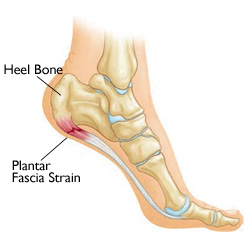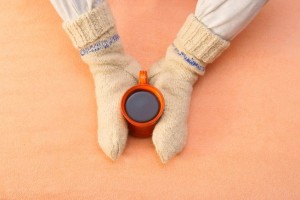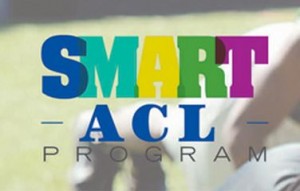What is the pain in my heel?
Do you wake up in the morning and take your first step out of bed and are in agony? Does the pain go away after taking a few steps, only to return later on in the day? If so, you are most likely suffering from one of the most common foot pain conditions – plantar fasciitis.There are several risk factors for the cause of plantar fasciitis, but one of the most common in abnormal foot motion – either too low or high arches. Things to try at home to help relieve the pain include resting, icing the foot, and stretching the feet and legs. However, if the pain persists, you may require more treatment. Contact us for an assessment.



